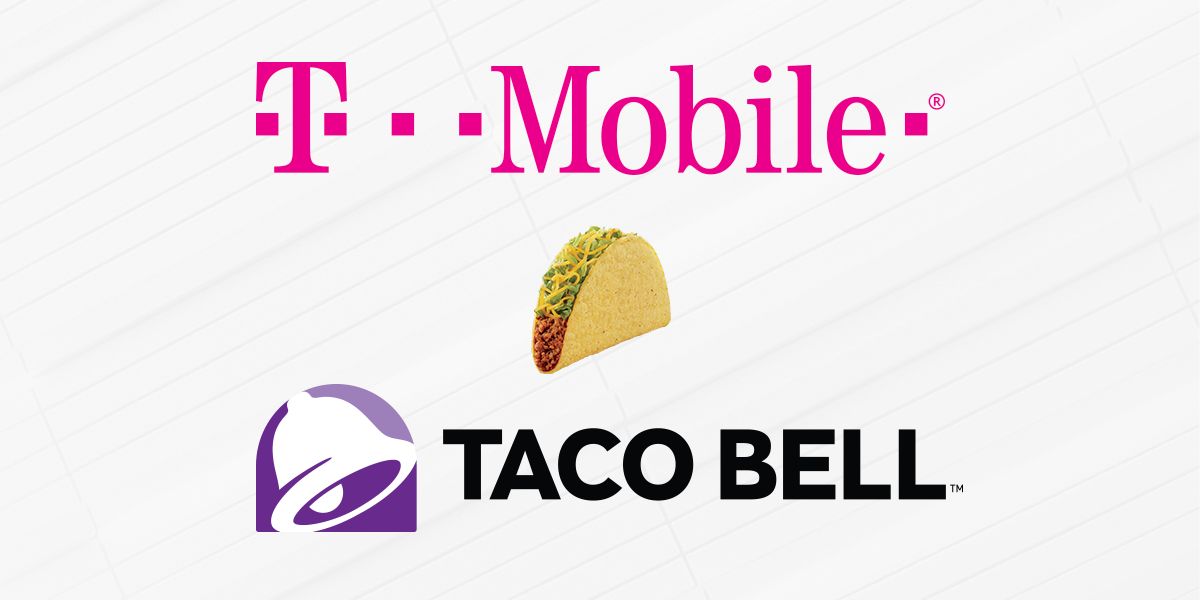Part 1: Social audience strategies in the age of digital marketing
In this two-part series, Comperemedia analysts break down the importance of effective social audience strategies for the modern-day marketer.
In the age of digital, marketers must have a firm understanding of who their current audience is, who it is not, and who they could be reaching. Audience segmentation allows marketers to target customers based on unique characteristics, create more effective campaigns, and ultimately identify target market opportunities.
Marketers must dig into not only the demographics and geographics but also the psychographics of their audience and potential audiences. Social media, in particular, thrives on targeted, personalized, one-to-one interactions.
Marketers who develop effective social audience strategies understand the triggers that drive action and the unique personas tied to them. Two key considerations marketers should keep top of mind:
Customers want to be seen and heard
Social media users are more likely to follow and engage with brands who make it a point to build one-to-one relationships with their customers.
Gen Zs, in particular, seek out brands who fit their unique identity and/or products that reflect their values. Per Mintel data on marketing to Gen Z, 55% of adult Gen Zs (aged 18-24) agree with the statement “brands reinforce my image.”
T-Mobile is a good example of how to engage a Gen Z audience. Its social strategy is key in building relationships with its social audience, resulting in positive social sentiment and earned media for the Uncarrier. Furthermore, T-Mobile’s strategic rewards program partnerships with Gen Z affinity brands, such as Taco Bell, increase its social media clout among young consumers.

Become a part of their community
Authenticity doesn’t come from one-off campaigns, it comes from building long-term relationships. The brand story and cultural relevance should be communicated beyond the point of acquisition.
This is particularly important when considering multicultural audiences. Hispanics, for example, tend to be more engaged in social media than the average US consumer, with usage driven by unacculturated and bicultural Hispanics. Yet Mintel data on Hispanics and social media show less than a quarter of Hispanics feel brands make an effort to speak to them on social media.
For brands targeting Hispanics, this means authenticity is more than translating copy from English to Spanish. Marketers must consider how culturally relevant the ad will be. When targeting Hispanics, the level of acculturation should inform creative strategy.
Stay tuned for part two, where our analysts talk about using celebrities and influencers, as well as driving engagement through user-submitted content.



